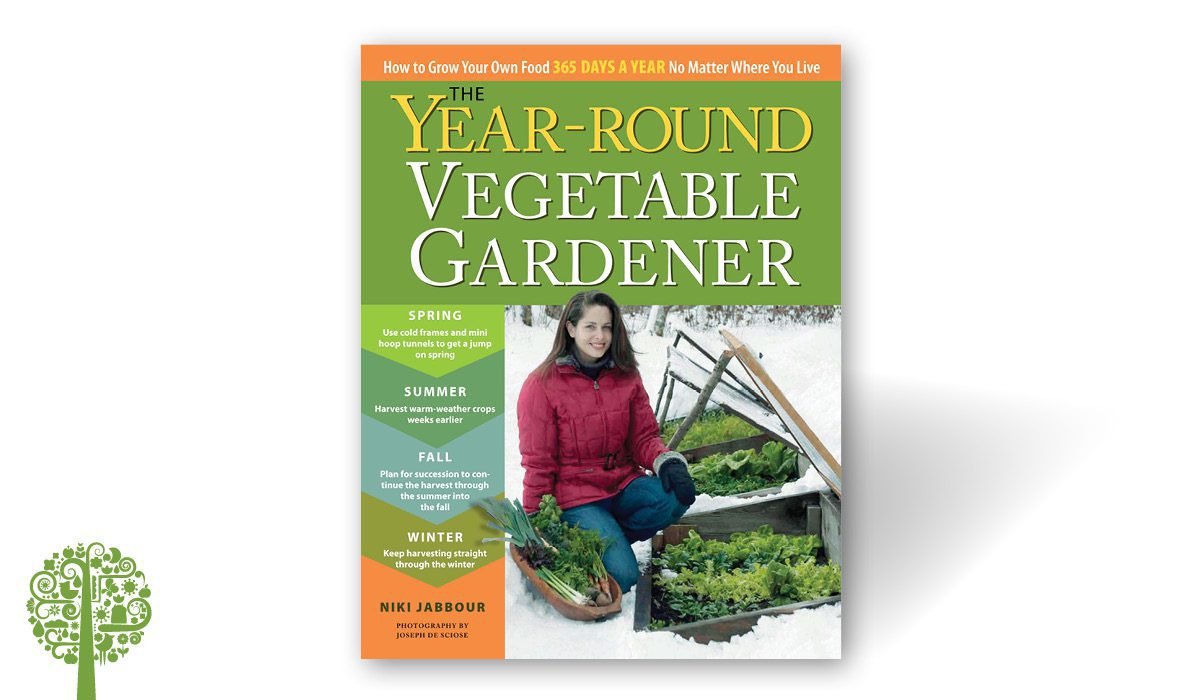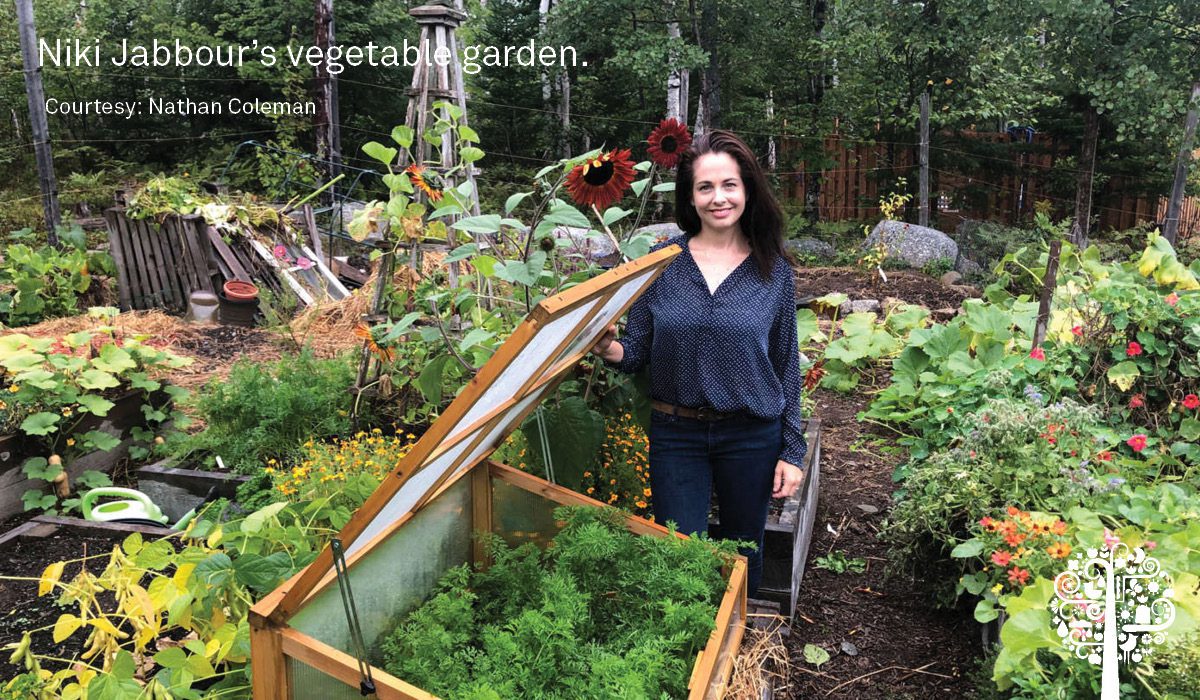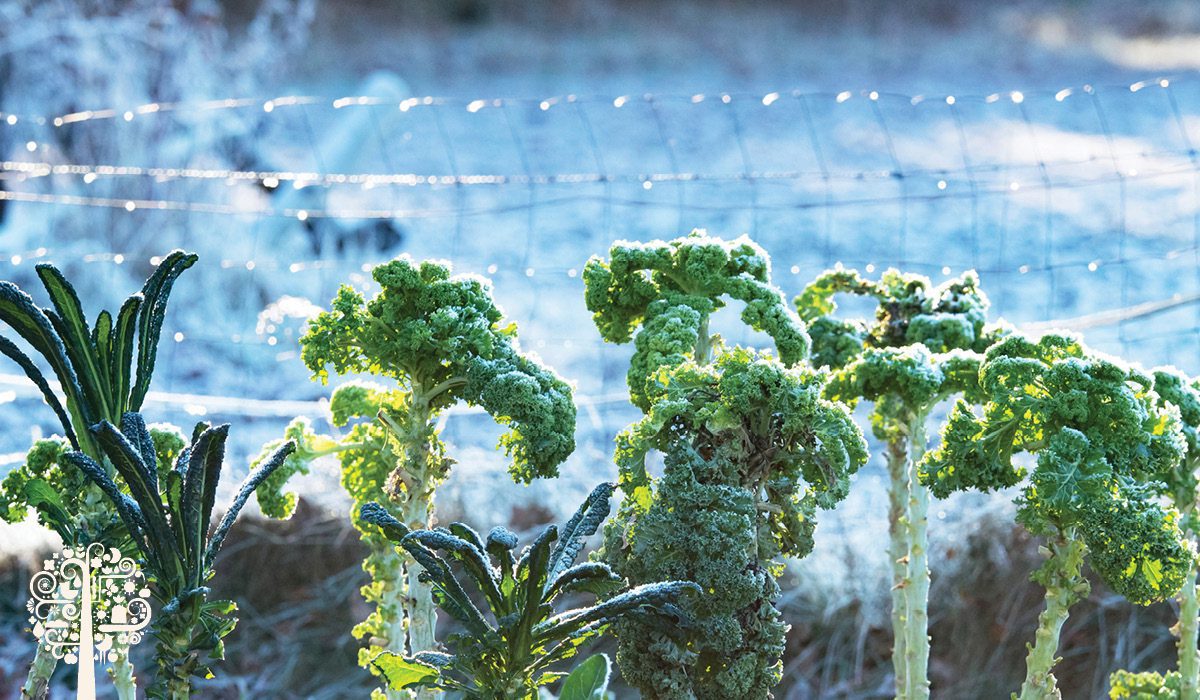In Niki Jabbour’s book “The Year-Round Vegetable Gardener,” she describes a cold frame as a bottomless box with a clear top, so it captures solar energy and creates a microclimate around your vegetables. She says, “it’s such a great way, even in a small urban garden, to extend your season.”

Fall has arrived, and many gardeners have put the vegetable patch to bed. But by using a cold frame and other methods, the growing season can continue!
Hotbeds of straw and organic material placed around the roots of vegetables will generate warmth into the ground as they decompose. Placing containers against a wall or hedge creates windbreaks and protection from winter storms. Polyurethane tunnels topped with blankets or burlap on the coldest of winter days all extend the growing season.
Most winter vegetables survive because they store sugar in their roots to combat the cold. As a result, beets, radishes, and even kale take on a sweeter flavor than in the summer.

The trick is in choosing vegetables suited to your climate zone. Bok choy, for example, thrives in cold temperatures, and Brussels sprouts, if protected, will grow year-round. By knowing their specific characteristics, temperature considerations, and how to protect them, these vegetables keep the garden alive even on the coldest and darkest of winter days.
Kale
Kale is the champion of the winter garden. Withstanding temperatures as low as -6°C, it can grow happily without any winter protection in mild climates. For temperatures traditionally dipping below -6°C, a cold frame or tunnel will keep it warm and producing. Winter kale is sweeter than its bitter summer pals, but be careful; as soon as temperatures start to warm up in the spring, it tends to flower, taking on that all familiar bitter taste.
Radishes
Winter radishes are crisp, mild, and less spicy than in the summer. But check before planting to select the most optimal variety for winter harvest and sweetest taste. For example, ponytail or Shawo Fruit are better grown in the winter because they require less sun.
For a continuous winter harvest, plant radishes before mid-October, and in colder regions, make sure to protect the ground around them with straw or fall leaves. Using a polyurethane retractable row cover or growing them in a tunnel or under a cold frame could produce fresh radishes just in time for a holiday salad.
Brussels Sprouts
Brussels sprouts can handle temperatures as low as -12°C. However, because they take a long time to mature, it’s essential to consider when to harvest before planting. In climate zones 7 or higher, where temperatures rarely drop below -8°C, you can plant a crop in early autumn for late winter enjoyment. Varieties such as Prince Marvel or Jade Cross are perfect choices for these regions.
In colder zones where temperatures dip to below -20°C, Brussels sprouts will need protection. Sustained cold snaps or being buried in the snow will not produce a winter crop. Because they grow tall, a cold frame of 4-5 feet high is a great winter home. With a bit of nitrogen fertilizer throughout the season, Brussels sprouts straight from the garden will be ready for a late winter treat.
Beets
Beets can withstand sustained temperatures of -1°C, lower if protected by a cold frame, tunnel, or mulch around the circumference of the bulbs. For a winter’s harvest, sow seeds directly into the garden 14-28 days before your region’s first frost. Most varieties take between 50-70 days to mature, and like many of their other winter friends, are sweeter than in the summer.
Bok choy
This vegetable loves cooler weather. Hot and dry will cause it to bolt to seed prematurely. Even in zone 4, where temperatures can fall to -35°C, if grown undercover in a cold frame with straw and compost around its roots, Bok choy can survive. The best thing about this hardy, frost-tolerant green is that even if grown from seed, its baby leaves can be harvested in 35 days. Succession planting could mean fresh Bok choy every few weeks throughout the winter, adding to the growing bushel of tasty winter vegetables.

Fall may be here, and while other parts of the garden take a winter’s nap, the vegetable patch is awake and thriving.